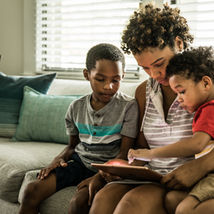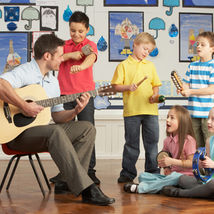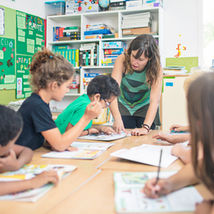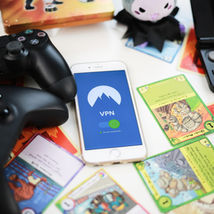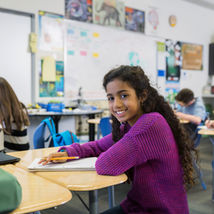10 Things You Must Teach Your Kids About Internet Safety
Open and ongoing communication with your kids about internet safety is essential. You should start talking with them about how to stay safe online as soon as they start using digital devices. Here are 10 safety tips that will help them to enjoy the internet safely.

1. Understand the risks
Internet dangers you should know: To talk about internet safety for kids, you need to understand more about internet dangers. This may include what they see, who they speak to, and how they behave online.
2. Don’t click or download too hastily
Your kids need to follow certain rules to protect their safety online:
Don’t click on ads that offer rewards.
Don’t click on suspicious links in emails
Don’t open unknown attachments.
If your kids use Mac devices there are measures you can take to help protect them. Mail troubleshooting on Mac could help to remove problematic mail attachments. When iPhone email is not updating what’s the reason for this?
There may be several reasons for Apple Mail not working. You can fix crashing issues. If you update macOS it may sort out the problem. You can restart Mail app on Mac or securely reset Mac Mail. Another tip is to remove and re-index envelope files.
3. Don’t share private information online
If you want to ensure cyber safety for kids they must know that criminals want to access their personal information for bad reasons. Your kids should know what to share and what not to share online. Make it clear they should not share their full names, addresses, phone numbers, or school details.
3. Talk to an adult if they see something upsetting
When kids play games or watch YouTube channels, they may see inappropriate content. They should feel they can tell you about it. Windows and Mac OS X allow you to add parental controls to user accounts. You can control various things such as apps they can open and add website restrictions. With Apple Mail not working, you may not pick up problems, and knowing how to rebuild a mailbox Mac can help.

4. Don’t trust strangers
Games and social media apps usually have communication features such as voice chat and private messaging. Your kids need to know that people they talk to online may not always be who they seem to be. An online stranger shouldn’t ask them to keep a conversation secret. They should never agree to meet someone they get to know online.
5. Use social media responsibly
Kids need to know that when they bully others or post inappropriate content it can have serious repercussions. They need to take other people’s feelings into account. Speaking to an adult is important if they are experiencing bullying.
6. Only share images with people they know
Make your kids aware that sharing photos with strangers isn’t a good idea. They should only share their personal photos with family members and friends. If they want to post photos of others online, they should ask their permission first.
7. Browse safely
Teach your kids about safe search terms. Older kids should know how to keep their apps and operating systems up to date to help prevent cyber breaches.
8. All online activities are traceable
Every time your kids share something on social media, this leaves a digital footprint. What they post stays there forever and could come back to haunt them.
9. It’s easy to get scammed
Scammers will target kids who don’t know any better. They may be tempted by prizes or special deals on products. Being aware of this will make your kids more cautious about their online behavior.
10. Never share passwords
Teach your kids about using safe passwords. Passwords are there to protect them against online theft. They should never share their passwords with their friends.
Conclusion
It can be difficult to keep your kids safe online even if you set up parental controls. The first step is to make them aware of the risks. They need to know how to make good decisions online even when you are not around.


